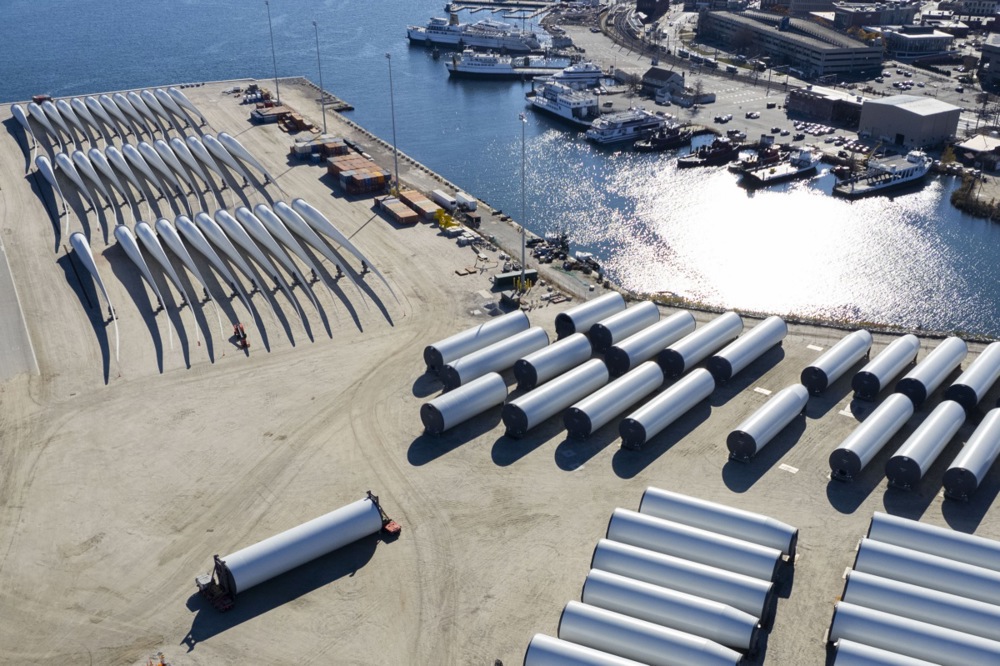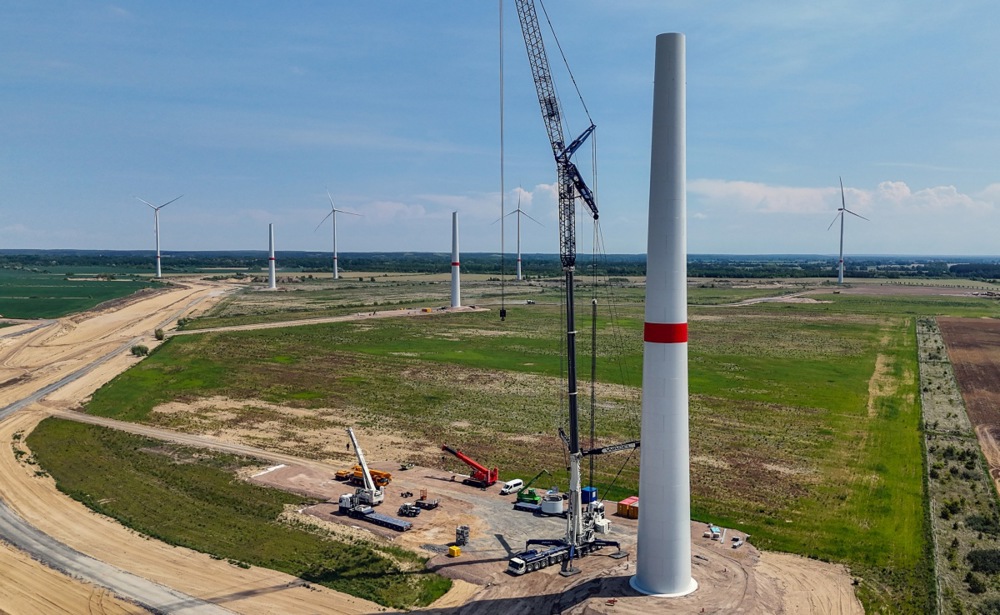Danish wind farm constructor Ørsted has been left facing one of the most turbulent periods in its recent history, with its stock price having plunged to an all-time low.
On August 11, 2025, the company announced a Danish krone 60 billion (€8 billion) rights issue, triggering an almost 27 per cent plunge in its share price on the Copenhagen Stock Exchange.
The funding drive is aimed at shoring up struggling offshore wind projects in the US, but came only after investor appetite evaporated, in part due to a hostile Washington administration.
Ørsted had depended on selling a stake in the Sunrise Wind project off New York’s coast to fund its broader offshore wind portfolio.
The US administration of President Donald Trump, though, instigated a review of federal wind development permitting and leasing. That combined with ongoing and expanding industry uncertainties “scuppered” financing arrangements and undermined the project’s valuation, according to Ørsted.
The company sells full or partial stakes in its offshore wind farms to finance its projects.
Ørsted CEO Rasmus Errboe described the current situation as “extraordinary”, noting lingering macroeconomic headwinds and supply chain disruptions following the Covid pandemic.
The company also cited “recent material developments in the US” leaving it unable to raise the required money by selling a stake in its Sunrise project.
Lene Skole, Ørsted’s chairman, said: “Given the unprecedented regulatory development in the US, we have made a comprehensive assessment of all options, and Ørsted’s board of directors has concluded that the planned rights issue is the best path forward for the company and its stakeholders.”
The US administration under previous president Joe Biden had heavily supported offshore wind to meet its 30-gigawatt-by-2030 goal.
Through the Inflation Reduction Act (IRA) of 2022, it provided major tax credits, covering up to 30-50 per cent of project expenses, grants and loans for port upgrades and supply chain development. These were critical for costly infrastructure and low cost leases in federal waters while also loosening permit regulations.
The subsidies artificially lowered the high upfront costs of offshore wind.
On January 20, 2025, Trump issued an executive order halting new offshore wind leases and permits, citing environmental concerns, including the impacts on marine life and economic issues such as high costs and energy prices.
Without US Government support, offshore wind struggles due to the inherent high costs and policy risks.
In Europe, Denmark, which holds the largest shares of Ørsted, reportedly agreed to back the rights issue, underwritten by Morgan Stanley, Reuters reported on August 11.
“Ørsted is an extremely important company in the green transition, and there is also a security policy dimension where we need to be independent of energy from Russia,” Denmark’s finance minister Nicolai Wammen told Danish State broadcaster TV2.
“The company is in really bad shape. A capital increase was the last resort. It was not just the right decision, it was the only option they had left in their toolbox,” said Jacob Pedersen, vice president of Danish lender Sydbank.
Throughout 2025, analysts such as Barclays, Citi and Bank of America have been lowering expectations for Ørsted’s market performance, downgrading its status and cutting its price targets.
Norwegian oil company Equinor lost around $1 billion (€860 million) in 10 months on its stake in Ørsted that it bought in October 2024.
Ørsted, the world’s biggest offshore wind-farm developer, has decided to drop a major offshore project in the UK, saying it lacked economic sense. https://t.co/USm6JoDKe8
— Brussels Signal (@brusselssignal) May 7, 2025





